Labor’s electric dreams running on empty as new car sales tank
Chris Bowen’s electric vehicle strategy is on track to fail after government department officials predicted fewer than a third of new car sales would be battery-operated by 2030.

Chris Bowen’s electric vehicle strategy is on track to fail after government department officials predicted fewer than a third of new car sales would be battery-operated by 2030, casting doubt on Labor’s modelling underpinning its green agenda.
The latest estimates from the federal transport department are that electric cars will make up 27 per cent of new car sales by 2030, well below the 89 per cent forecast in Labor’s pre-election modelling that helped boost its 43 per cent emissions reduction target.
The 89 per cent prediction in Labor’s modelling conducted by RepuTex was based on Anthony Albanese’s pre-election policies that have been implemented since the government was elected, including exempting electric cars from import tariffs and fringe benefit taxes.
The department also estimates electric cars will account for 5 per cent of nation’s small vehicle fleet by 2030, a third below Labor’s pre-election modelling of 15 per cent.
Mr Bowen, the Climate Change and Energy Minister, waited until after the election to unveil plans to implement vehicle efficiency standards but this was not part of the modelling that formed the basis of Labor’s targets that are now Australia’s international commitments.
The RepuTex modelling predicted Labor’s policies would lead to 82 per cent of Australia’s electricity being powered by renewables by the end of the decade and a $275 reduction in household energy bills by 2025, with analysts arguing Australia is not on track to meet these forecasts halfway through the government’s term.
Energy experts cast doubt over Labor’s electric car projections before the election but Mr Bowen refused to release the detailed modelling that underpinned the assumption.
RepuTex head of research Bret Harper told The Australian that the government’s electric car sales forecast “seems about right”, despite being less than half predicted by his company ahead of the election.
Mr Harper said his modelling included plug-in hybrid sales in its figures – but federal Labor agreed to end tax breaks for all hybrid cars by 2025 under a deal struck with the Greens.
THE LIST: 100 GREEN POWER PLAYERS
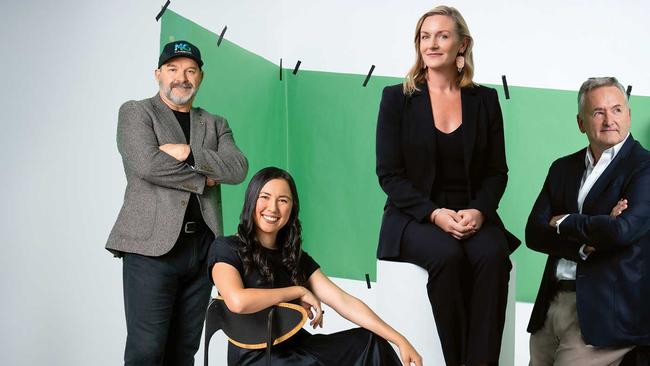
The List: Top 100 Green Energy Players 2023
They’re the people leading a green revolution that will change the way we power our economy. Meet the shape shifters transforming our future.

When will EV drivers be free of ‘range anxiety’?
People can get a home charger or plug their vehicle in inside their carport – but the true challenge when it comes to charging things like buses and trucks hasn’t hit us yet.

Money man running the planet’s most ambitious projects
David Scaysbrook is a pioneer of renewable energy infrastructure whose success has seen him make The List: Top 100 Green Energy players. But success has not come easily.

Your guide to the best EVs on the market
EVs have finally captured the public imagination and the market is awash with options at all price points | HERE ARE THE TOP MAKES AND MODELS
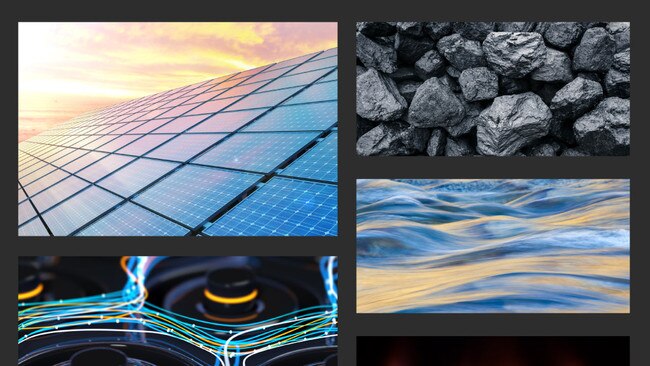
Explainer: here’s what you need to know about key energy sources
From solar to wind, nuclear and coal, it’s hard to separate the hype from reality. Here are the facts about key energy types.

How we’re getting into the EV production line
A Melbourne factory has jumped on the EV wagon, building battery-driven motorbikes, while another is converting combustion engines to electric operation. It’s a potential lifeline for local manufacturing.
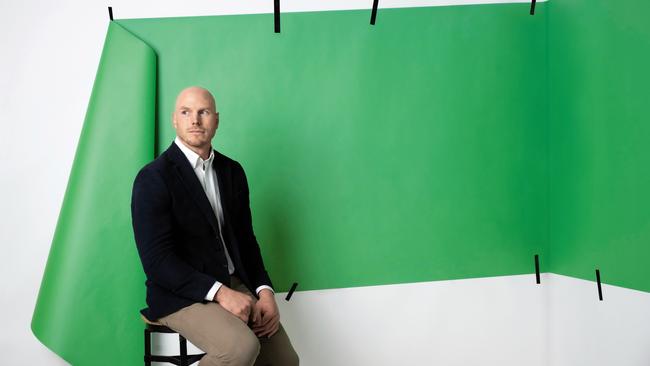
We are frighteningly late to the climate party: Pocock
After a year in the Senate, independent senator David Pocock is concerned about the number of climate decisions based on short-term thinking.

‘The game right now is to make money out of climate change’
Carbon capture is great, but this duo wants to do more and become our first climate unicorn firm with their tech that converts industrial CO2 emissions into bricks and glass.

Europe gets to grips with all that friction over fission
Nuclear is polarising Europe as France steps up construction of new reactors while Germany closes its remaining plants. It’s a powerful energy source, but is it for us?

Wind farms need to be in the ocean, not onshore, says pioneer
For Oceanex CEO Andy Evans, offshore wind farms just make sense: ‘The wind is a lot stronger, it blows more frequently and we can build bigger projects.’

Ex-BCA chief on renewable energy: ‘We have to get this done’
How did Australian business get behind net-zero? And what role did its peak body play?

Architect Peter Stutchbury: the truth about green design
Peter Stutchbury is one of Australia’s most awarded architects. With entrepreneur Oscar Martin, he now produces prefabricated homes, the Dimensions X range, which sit lightly on the land.

Shoppers and staff demand green agenda from retailers
When Brooke Donnelly heads into a Coles store, she not only gets a real world view of its sustainability initiatives but also a stark reminder what its customers want.
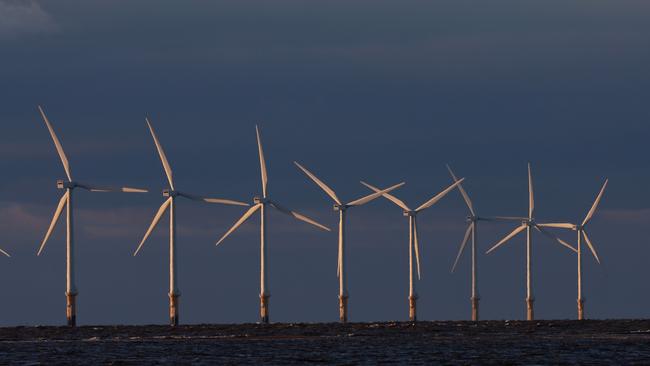
Costing the earth: support for climate action and renewable falls
As the financial reality of decarbonising our lives becomes clear, there’s growing evidence that it’s a price many individuals are neither willing nor able to pay.
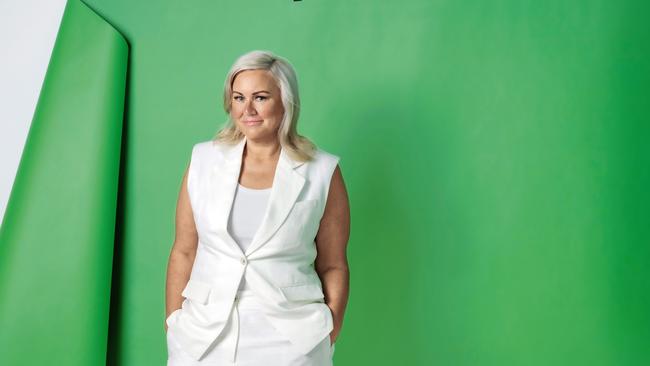
New green farm product set to change the way we fly
Shahana McKenzie, chief executive, Bioenergy Australia, is focused on advocacy and campaigns for a greener economy, especially in the aviation sector.
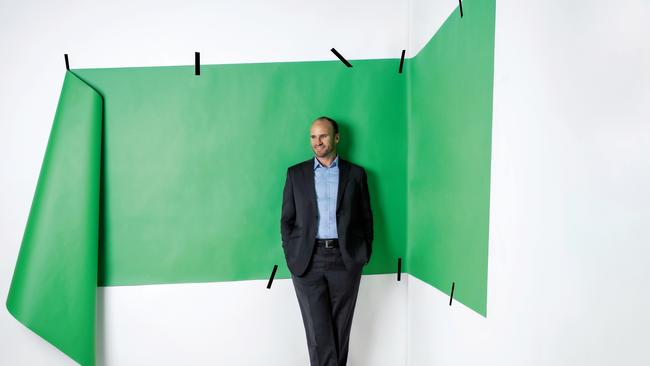
How data will deliver the ‘holy grail’ of renewable energy
Business will deliver in energy transition, but big companies needs government support, says Octopus Investments Australia MD Sam Reynolds.

Show us the money: The $1.5 trillion riddle of funding net zero
After big business flocked to a vision of net-zero emissions by 2050, reality has set in. Yes we have the weather and natural resources to deliver transition, but do we have the cash?

The race to find livestock’s silver bullet for a net zero
Genetics and seaweed hold the keys to cutting methane from livestock, yet farmers still need to be convinced it’s good for business.

The Canva couple flying high on the business of biodiversity
A tree planted for every print order placed with Canva and moving its global data services to be powered by renewable energy is just the tip of the iceberg for Canva.

We need to ‘redefine’ carbon farming to shake up sector
Carbon farming holds some anwers in the push to net-zero, but we need to redefine what it looks like

Why Aussies are putting wind farms on their bucket lists
Some say it’s absurd, but in regional Australia wind farms offer a new type of bucket-list appeal for curious visitors, along with clean energy.

Risk and reward: Australians now ‘get’ the green narrative
Heidi Hauf was a soldier in the Asia-Pacific 20 years ago when the impact of ‘unsustainable development’ first hit her. The global leader says there’s been a critical change in attitudes since.

The smart power grid is here, and at wholesale prices
The solar panels on our roofs and EVs in our garages are set to power us into a renewable future. And increasingly, the power is in the hands of consumers with batteries.

How super funds can be part of the climate change solution
As custodians of the long-term economic future of millions of Australians, our superannuation funds can and should do more. The government has a social licence to make the change.

Tritium co-founder takes a punt on new green finance venture
No stranger to tech finance, David Finn has joined up with two others to start a new green VC fund with plans to inject up to $100m of early-stage investment.

The family project that started a $1bn solar revolution
Brighte founder Katherine McConnell reveals how a shed solar conversion project with her kids helped build a booming national platform.
“A few years ago plug-in hybrids would have been considered a green vehicle but since then it has been ruled out because it has a combustion engine and runs on fossil fuels,” Mr Harper said.
“The department figures sound perfectly plausible, anything in between the 20 to 30 per cent range seems about right.”
Ahead of the election, the Prime Minister said Labor did not make a political decision about landing on an emissions reduction target of 43 per cent by 2030, despite it being marginally below the uncosted 45 per cent target that hurt the party in regional areas in the 2019 election. Instead, Mr Albanese said RepuTex modelled the party’s policies announced in opposition and that figure came out as 43 per cent.
“What we didn’t do was adopt a target and then work back,” Mr Albanese said after announcing Labor’s 43 per cent target in 2021.
“What we did was work through what are the good policy mechanisms … and then see where that came up through the modelling.”
Mr Harper revealed Labor workshopped its policies with the modelling agency and “settled” on a suite of measures that would lead to an emissions target the party was confident of taking to an election.
He said the ALP were interested in “the outcome of each of the models individually” with some having a larger impact on emissions reductions than others.
“They gave us the policies and we gave them the outcomes, there were lots of different iterations and then we settled on one,” Mr Harper said.
“Lots of different policies were considered and they were making decisions about which ones would be worth it for them.
“In an election campaign they wanted to keep their policies focused and wanted to get good bang for their buck in terms of what they committed.”
In a Senate estimates hearing last month, officials from the Department of Infrastructure, Transport, Regional Development, Communications and the Arts revealed their latest forecasts found electric vehicles were on track to make up 27 per cent of new vehicle sales by 2030.
“In 2030, it’s forecast that electric vehicles will make up (5 per cent) of the total vehicles on roads and 27 per cent of new car sales,” Surface Transport Emissions and Policy first assistant secretary Paula Stagg told estimates.
When Greens senator Janet Rice noted this was “way short of 89”, Ms Stagg said: “Yes it is”.
A spokesman for Mr Bowen said Labor’s electric vehicle strategy was “off to a flying start” with EVs jumping from 2 per cent of new car sales in May last year to almost 9 per cent.
The spokesman said the department’s forecasts did not take into account “all policies under the National Electric Vehicle Strategy, including the government’s decision to introduce fuel-efficiency standards to improve Australians access to cleaner, cheaper-to-run cars”.
The ALP is expected to introduce fuel efficiency standards – which set obligations for car suppliers to lower the total emissions of their stock to meet a national goal — by the end of the year.
Opposition climate change and energy spokesman Ted O’Brien seized on the modelling discrepancies between RepuTex and the government, saying Labor had “failed to deliver against its own targets and promises”.
“This is what happens when you pluck arbitrary political targets out of thin air and then refuse to have Treasury or the Department assess them,” Mr O’Brien said.
“Its 43 per cent emissions reduction target, 82 per cent renewable energy target, 89 per cent electric vehicle target and the all-important $275 reduction in power bills are all set to fail.”
The opposition last year raised concern a key plank of Labor’s plan to wave import tariffs on electric cars was redundant, with more than 70 per cent of car imports being exempt from tariffs under free trade deals.
Grattan Institute energy director Tony Wood warned Labor would be unable to meet its target without stronger policy levers including fuel efficiency standards.
“Just having the target and hoping it is going to be miraculously achieved is not very helpful really. You need the policies to deliver on those targets,” he said.
“It doesn’t surprise me that having a target and not achieving that target when you haven’t done anything to achieve it.”
Electric Vehicle Council chief executive Behyad Jafari urged Labor to release its plans for fuel efficiency standards as soon as possible.
He said the only way any EV targets could be achieved was through the introduction of fuel efficiency standards to help drastically increase EV uptake.
“The government has been doing the work in developing the fuel efficiency standards by the end of the year but its mid-November and we haven't seen the standards yet,” Mr Jafari said.
“These have to be in palace and while the government is developing them it is looking like a wasted year. Every country in the developed world except for Australia and Russia has these standard.”



To join the conversation, please log in. Don't have an account? Register
Join the conversation, you are commenting as Logout